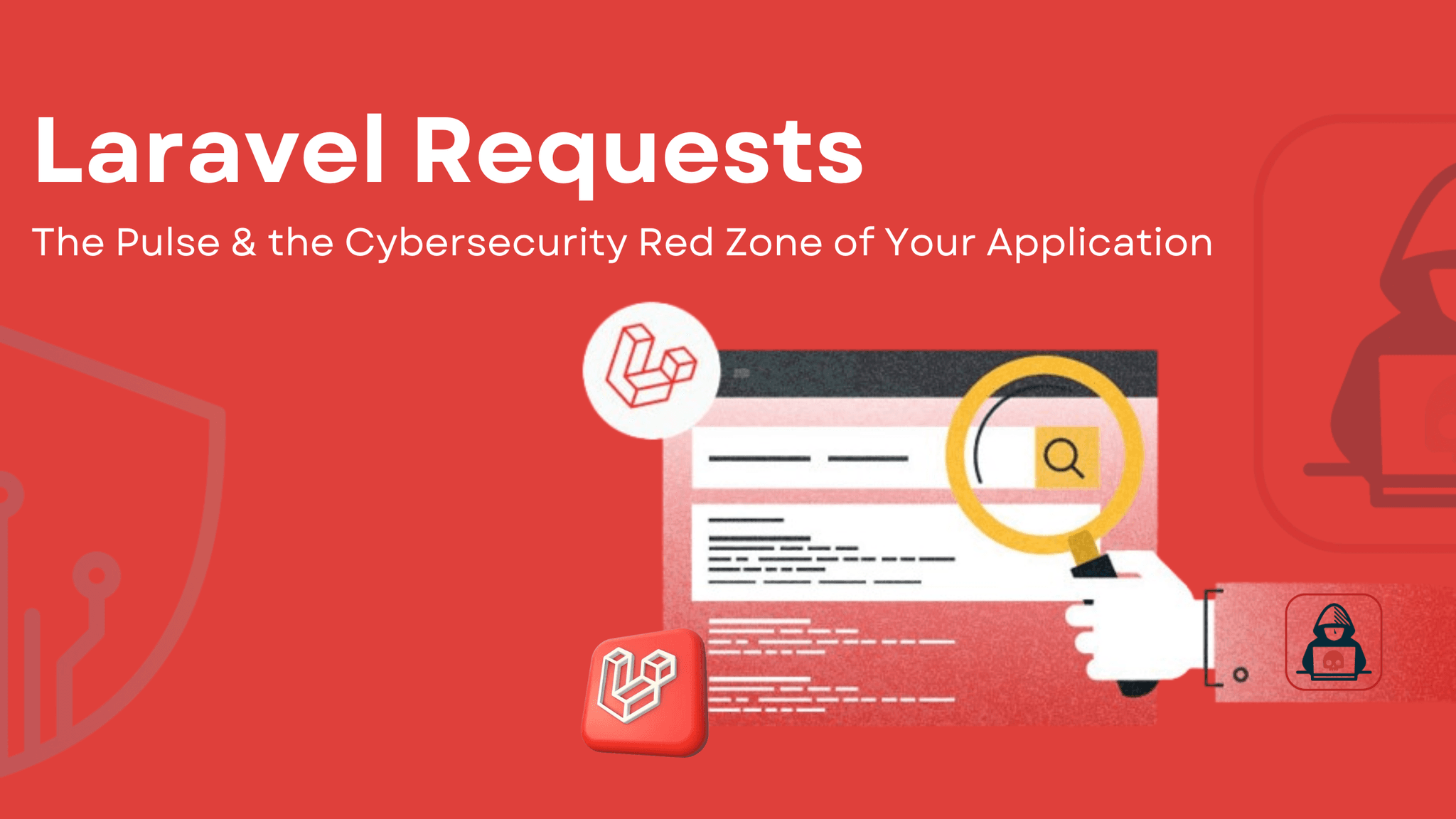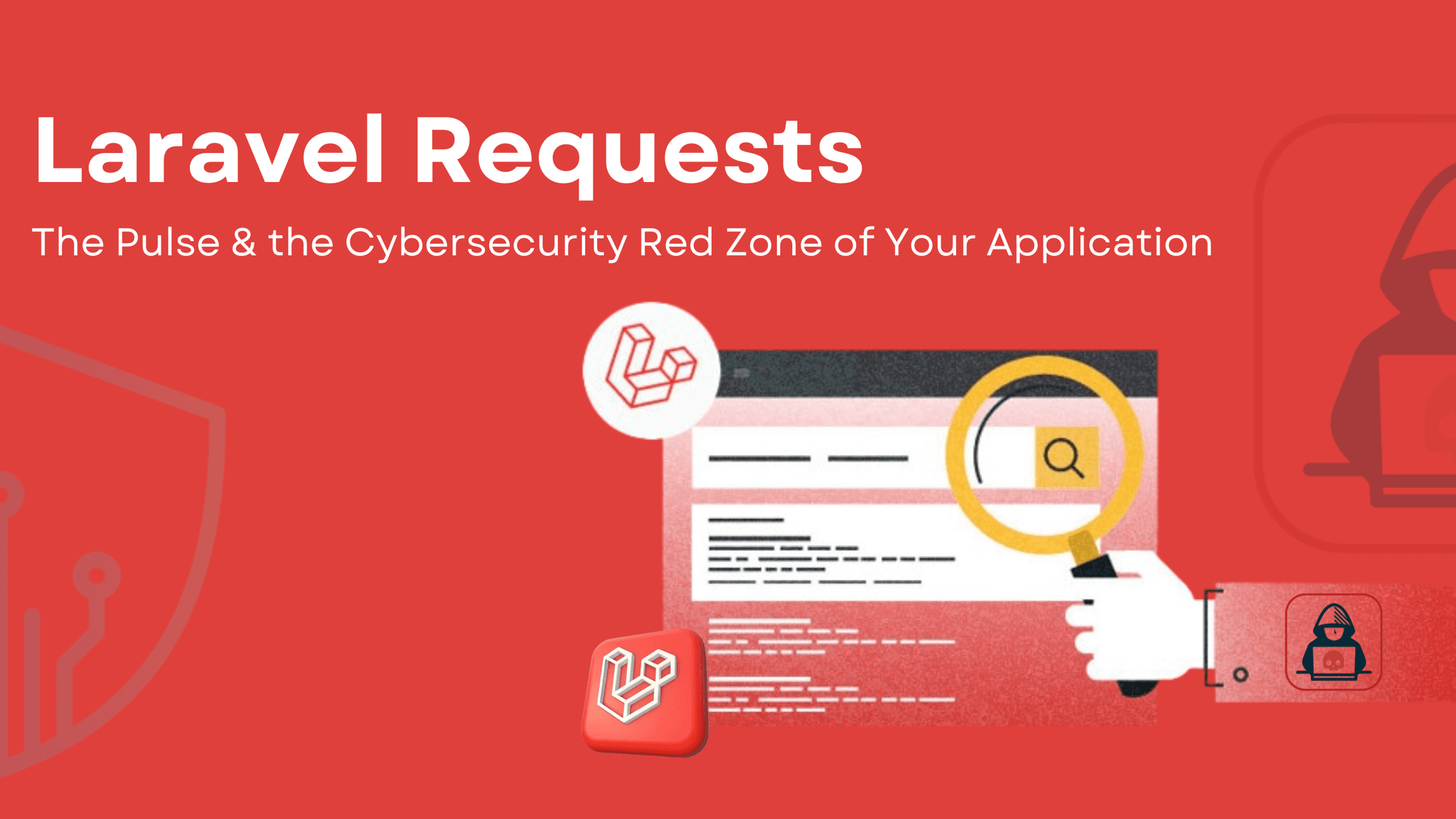Security in Laravel applications is not just about writing functional code, it's a process of safeguarding your system against threats at every stage. One of the common ways this is done includes preventing attacks like cross-site scripting and SQL injection, also CSRF validation of proper input, sanitizing data, and safe file handling. Some of the advantages of best practices are the use of Eloquent, model attributes guard, security of .env file, CSRF protection in your applications, making them robust, secure, and scalable besides giving confidence to the users of your application.
If you're looking for a team that specializes in delivering high-quality, secure, and scalable Laravel solutions, Mediusware is your best choice. As one of the leading software companies in Bangladesh, It offers top-notch software development services, with a focus on security, performance, and professionalism. Whether you need custom solutions or want to enhance your skills with professional software development training, Mediusware is here to help you achieve your goals.










